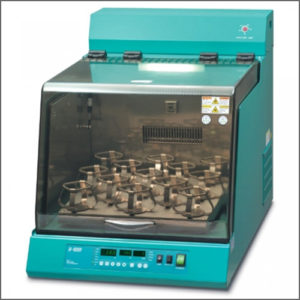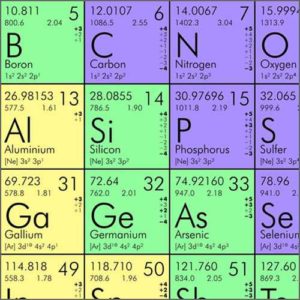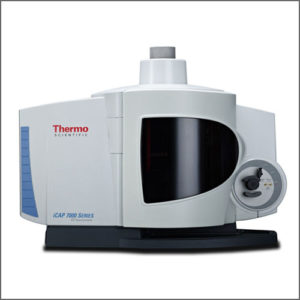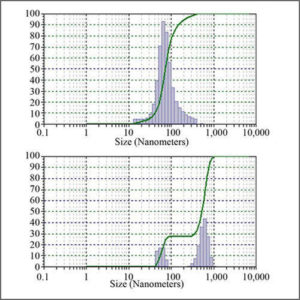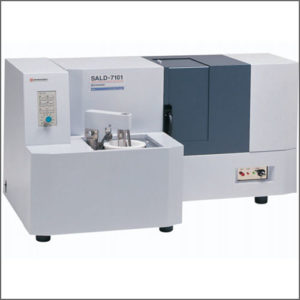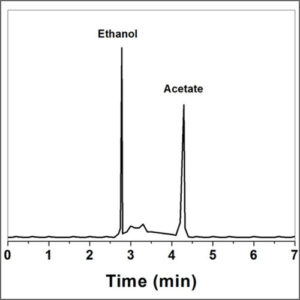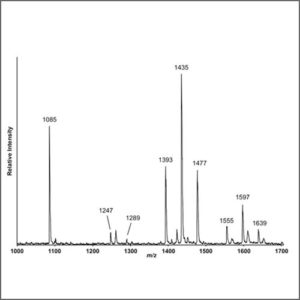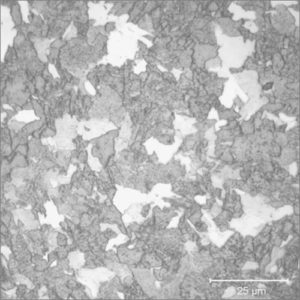
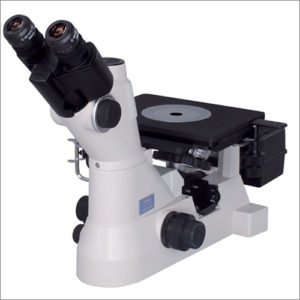

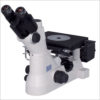
Metallographic Microscope
Metallographic (metallurgical) microscope is used to study of the physical structure and components of metals and alloys.
SKU: TEST-MM-01
Categories: Microscopic Analysis, Surface Analysis, Testing Methods
Tags: Metallography, Metallurgy, Microscope
- Description
| Testing Method | Metallographic Microscope |
| Description | Metallography or metallurgy is the study of the structure of metals and alloys. Metallographic microscope can be used as a tool to help identify a metal or alloy, to determine whether an alloy was processed correctly, to examine multiple phases within a material, to locate and characterize imperfections such as voids or impurities, or to observe damaged or degraded areas in failure analysis investigations. In short, metallographic microscope can reveal a great deal about the past history of a metal specimen, and how it will act in service. |
| More Information | Wikipedia: Metallography |
Related Products
-
Shaking Incubator
Shaking incubator is often used for cell culturing, cell aeration, and solubility studies.
-
Inductively Coupled Plasma – Optical Emission Spectrometry (ICP-OES)
ICP-OES is an analytical technique for the detection of trace metals in a sample using the emission spectra from the sample.
-
Particle Size Analyzer
Particle size analyzer provides accurate, reliable particle size distribution measurements from nanometers to millimetres.
-
Gas Chromatography with FID/TCD/MS Detectors
Gas chromatography (GC) is used in analytical chemistry for separating and analyzing compounds that can be vaporized without decomposition.
-
Mass Spectrometry (MALDI-TOF-MS)
Mass spectrometry (MALDI-TOF-MS) is an analytical technique that ionizes chemical species and sorts the ions based on their mass to charge ratio.


